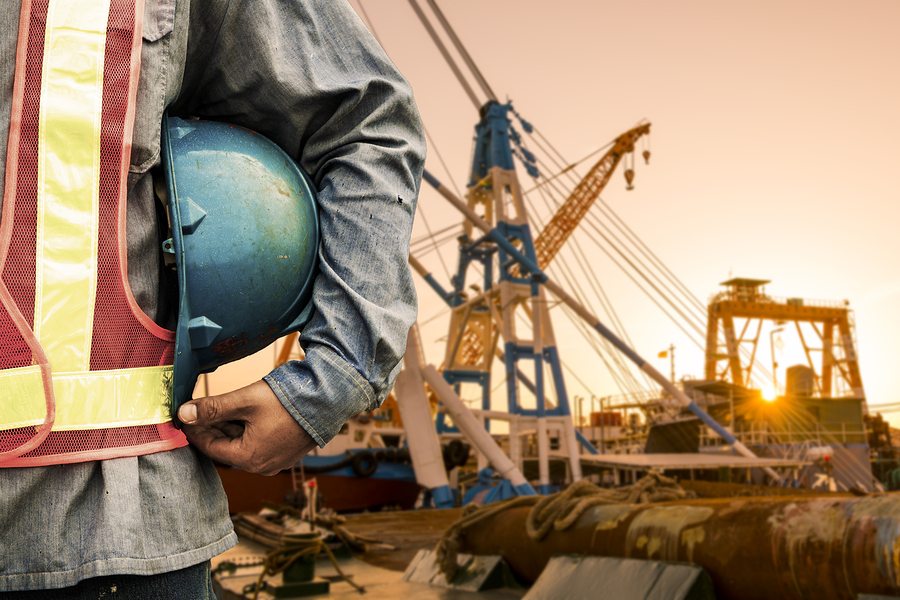UFOs are a daily danger for construction workers, though we’re not talking about visitors from other planets. According to the Occupational Safety and Health Administration (OSHA), 73 construction workers were killed after being “struck by objects” in 2014. In fact, it’s the third most common cause of death on construction jobsites (following falls and electrocutions) and includes unexpected falling objects as well as unexpected flying objects, or UFOs.
How do these UFO injuries occur? In some cases, tools may be accidently dropped off of scaffolding or roofs and strike other workers below. Objects being hoisted to upper levels of buildings during the construction process can break free and plummet to the ground. Haphazardly stored materials may topple over, and errant nails fired from nail guns can strike unprotected workers as well.
While wearing personal safety equipment—including hardhats (for overhead hazards), safety glasses, goggles and face shields (for flying hazards)—is essential, below are some of the additional safety standards OSHA suggests construction companies follow when their employees are working with or around common UFO hazards:
- When working underneath cranes, hoists or scaffolds, workers should beware of unbalanced loads, stay clear of lifted loads, and avoid crossing beneath a suspended load. Toe boards should be installed on scaffolds to prevent objects upon them from falling.
- When performing overhead work, employees should secure all their tools and materials. Areas where falling objects may be a danger should be barricaded, and any materials stored in buildings under construction should be at least six feet away from floor openings and 10 feet away from partially constructed exterior walls.
- When working with hand tools, construction employees should avoid hammers with loose or damaged handles as well as wrenches with sprung jaws and impact tools with mushroomed heads. All pose a potential UFO danger to the worker and others in the area.
- When working with jackhammers and pavement saws, workers should ensure all machine guards are in working order. They should also wear protection against flying particles on their feet, eyes, ears and hands.
- When pushing or pulling objects that may become airborne, OSHA urges workers to stack and secure materials to prevent sliding, falling or collapse as well as against wind gusts.
- Train your construction workers to be aware of their surroundings whenever they are on the jobsite. Outline essential safety standards in your worksite safety program and review them with your construction team regularly. Encourage them to report unsafe situations and behaviors to the appropriate party.
Most construction injuries are covered by your workers’ compensation insurance policy. However, injured workers may also choose to file a lawsuit against employers who they feel caused or contributed to their on-the-job injury. With construction jobsite injuries so common, are you confident you have enough insurance to protect your business? Give us a call today to take a look at your current policies and evaluate your level of coverage.



